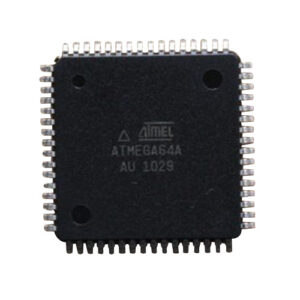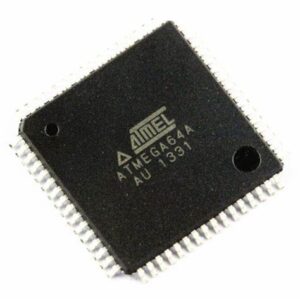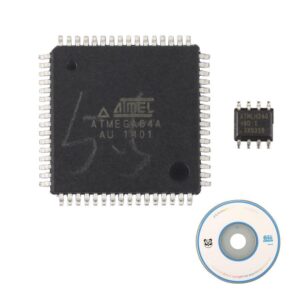Posts Tagged ‘Gesperrter AVR-Chip ATMEGA64A Heximale Kopie’
 Locked AVR Chip ATMEGA64A Heximal Duplication
Locked AVR Chip ATMEGA64A Heximal Duplication
Locked AVR Chip ATMEGA64A Heximal Duplication means original microcontroller atmega64a will be unlocked and embedded firmware of opened atmega64a microprocessor flash memory will be readout;

Locked AVR Chip ATMEGA64A Heximal Duplication means original microcontroller atmega64a will be unlocked and embedded firmware of opened atmega64a microprocessor flash memory will be readout
When the SM2..0 bits are written to 010, the SLEEP instruction makes the MCU enter Power- down mode. In this mode, the External Oscillator is stopped, while the external interrupts, the Two-wire Serial Interface address watch, and the Watchdog continue operating (if enabled).
Only an External Reset, a Watchdog Reset, a Brown-out Reset, a Two-wire Serial Interface address match interrupt, or an external level interrupt on INT0 or INT1, can wake up the MCU. This sleep mode basically halts all generated clocks, allowing operation of asynchronous mod- ules only.

bloqueado chip AVR ATMEGA64A duplicación heximal significa microcontrolador original atmega64a será desbloqueado y el firmware incrustado de la memoria flash del microprocesador atmega64a abierto será readout;
Note that if a level triggered interrupt is used for wake-up from Power-down mode, the changed level must be held for some time to wake up the MCU. Refer to “External Interrupts” on page 66 for details of breaking off avr atmega64a flash memory binary program.
When waking up from Power-down mode, there is a delay from the wake-up condition occurs until the wake-up becomes effective. This allows the clock to restart and become stable after having been stopped. The wake-up period is defined by the same CKSEL Fuses that define the Reset Time-out period, as described in “Clock Sources” on page 26.

reverse atmega64a avr microcontroller protection and clone atmega64a avr mcu flash and eeprom memory data
When the SM2..0 bits are written to 011, the SLEEP instruction makes the MCU enter Power- save mode. This mode is identical to Power-down, with one exception:
If Timer/Counter2 is clocked asynchronously, that is, the AS2 bit in ASSR is set, Timer/Counter2 will run during sleep. The device can wake up from either Timer Overflow or Output Compare event from Timer/Counter2 if the corresponding Timer/Counter2 interrupt enable bits are set in TIMSK in the process of decrypting microcontroller atmega64a memory data, and the global interrupt enable bit in SREG is set.